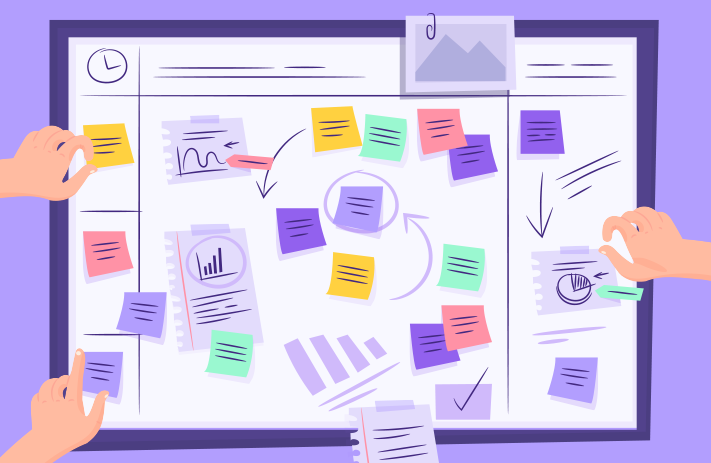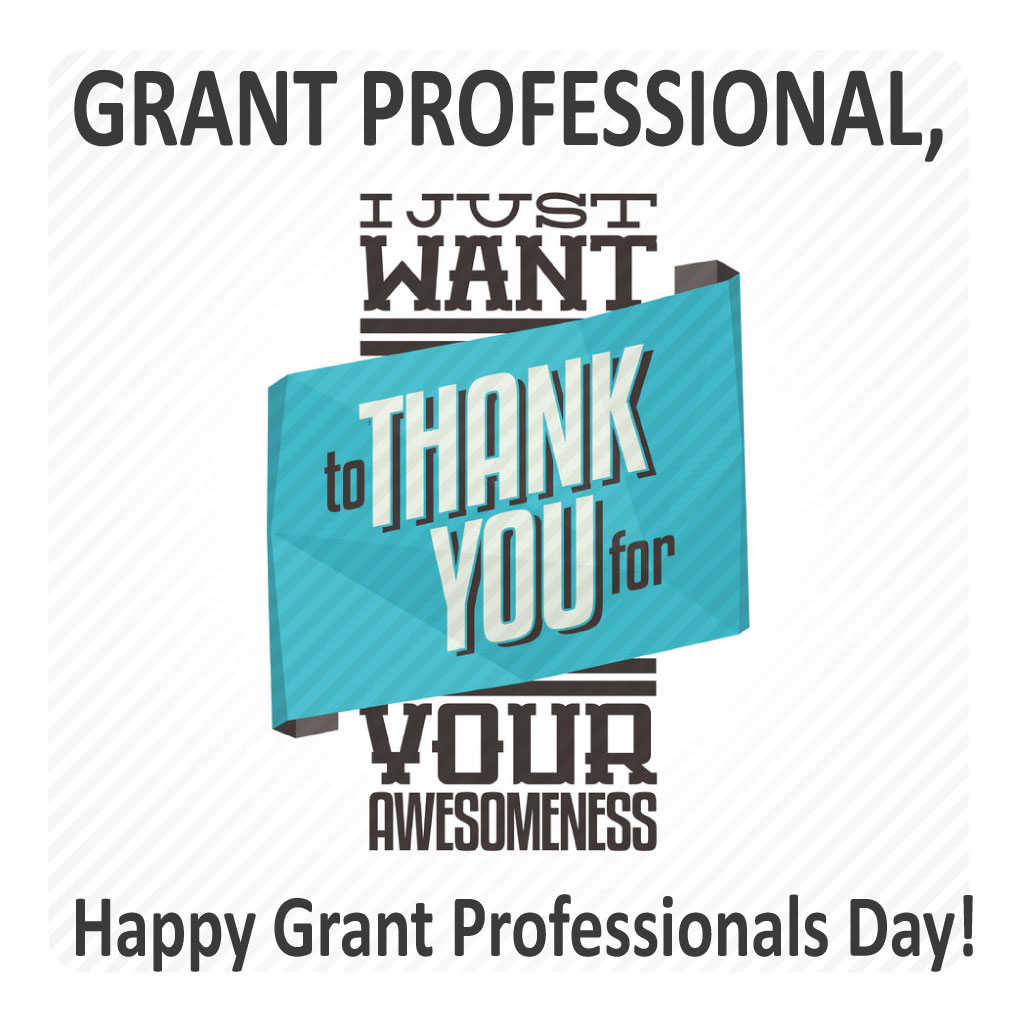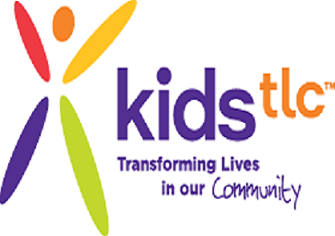Blog
03 Mar What Your Grant Professional Really Wants on IGPD By: Shauna O’Toole, MA, CFRE, GPC
“For starters, we would like it to be known that it’s International Grant Professionals Day. Many people, even other fundraisers, have not heard of such a day.” That’s just one of the responses I got when I posed this question to my fellow grant pros - “What do you really want on International Grant Professionals Day? In other words, what could employers and the philanthropic sector do that would really make you take notice?” Their* answers fell into five categories:25 Feb Small Nonprofit Building Block Series: Prospect Research by Megan Campbell, MPA, GPC
Prospect research is the term commonly used for the process of identifying potential sources of funding for an organization or program. If your organization is a small or start-up nonprofit with limited staff or development support, the task of prospect research can feel both urgent and overwhelming. Fear not. Here are a few tips for beginning your prospect research process that will help start you on a path to success.18 Feb Small Nonprofit Building Blocks Series: Community Relations by Megan Campbell, MPA, GPC
Defining Small Nonprofits: Whether a nonprofit or not-for-profit, a charitable organization’s “size” is not determined by its facility, number of staff, or services to the public but by the size of its operating budget. Large organizations have operating budgets in the $10- $50MM range, while organizations with annual budgets of $5MM or less are considered small. Large, nationally affiliated organizations tend to get the lion’s share of public recognition and visibility; however, they are not representative of the U.S. nonprofit sector as a whole. In fact, the National Council of Nonprofits reports that 92% of organizations within the nonprofit sector are small organizations with annual revenue of less than $1MM. Yet the reality is that all charitable organizations depend on public and private support (i.e., government or private grants, individual donations, in-kind gifts, volunteers) to achieve their missions, and small organizations often grapple with how to compete in a market publicly dominated by their larger counterparts.10 Feb Understanding the Difference Between Race and Ethnicity by: Ashley Dooley, MBA, GPC
With increased focus on diversity, equity, and inclusion in recent years, more funders are asking for the specific demographics of the populations served by nonprofits. Funders want to know, for example, how many Black individuals or Hispanic families will benefit from the program. While there are many challenges in reporting demographic data, understanding and communicating the differences in race, ethnicity, and nationality is the first step.28 Jan Denied and Denied Again by: Kellie Brungard, GPC
Posted at 18:00h
in Competency Eight, Funder Relations, Kellie Brunguard, Organizational Development, Relationships, Strategy
Denial can be challenging, especially when your grant proposals seem to be on a losing streak. Before you start rethinking your grant strategy or wondering if you’re doing something wrong, there may be other proactive steps and factors to take into consideration. Grant funding is complex. There are a multitude of funding streams, networks and relationships, and preferences involved—most of which are beyond your control. And while you can do your best to present an aligned, impactful proposal, sometimes you will never know the reason a proposal is denied. Sometimes, a string of denials prompts a self-evaluation to evaluate how you could do better, or you take the rejection personally. While self-awareness is important, so is understanding the factors that are beyond your control in an application.
28 Jan Did You Know: Congressionally Directed Spending by: Ana Teslik, Ph.D., MPA, GPC
Posted at 13:06h
in Competency Two, Funding, Funding Opportunities, Organizational Development, Strategy
Diversifying a portfolio of funding opportunities can be more than seeking foundation and federal grants. In the current funding landscape, organizations have the capacity to add legislative affairs to their ongoing activities in the pursuit of additional funds to achieve their mission.
Did you know that nonprofits are eligible to pursue Congressional Directed Spending and/or Community Project Funding?
21 Jan Applying the Stages of Group Development to Grants By: Shauna O’Toole, MA, CFRE, GPC
Posted at 18:00h
in Competency Four, Competency Three, Competency Two, Culture, Organizational Development, Program Design, Relationships, Shauna O'Toole, Strategy
Have you encountered inefficiency, frustration, or even conflict when working with a group to develop a grant proposal? Take heart. This is normal. Most teams struggle and experience conflict before they begin performing at their peak. The Stages of Group Development framework, developed by Bruce Tuckman (1965) describes this process. This blog will briefly describe Tuckman’s framework and then apply these ideas to grant proposal development.
16 Jan KidsTLC Receives $59,617 Grant from the United Community Services of Johnson County, Alcohol Tax Fund
KidsTLC recently received a $59,617 grant from the Alcohol Tax Fund to support their residential drug and alcohol program. KidsTLC's residential drug and alcohol program addresses the pervasive issues of co-occurring mental health and substance use disorders in adolescents by providing comprehensive, integrated treatment, preventing the dire consequences of substance misuse, and promoting positive social outcomes.11 Jan Grant Stewardship: Beyond “Thank You” by Megan Campbell, MPA, GPC
Posted at 18:00h
in Competency Eight, Competency Six, Funder Relations, GPC, Grant Reporting, Grants Management, Megan Campbell, MPA, Relationships
Congratulations! You have received notice that a local foundation will gladly support your organization and/or program during the coming year. The foundation board or staff are excited about your mission, your plans, and helping serve your community. You record the amount in your donor and accounting software, generate a letter acknowledging the gift, and move on to managing the implementation of program activities. Right? Well, no.










